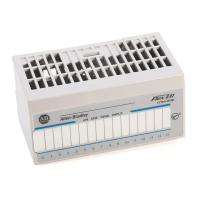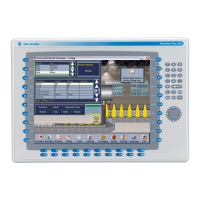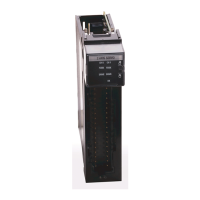Glossary
Glossary-1
G
LOSSARY
Altitude. The atmospheric altitude (height above sea level) at which the motor or drive
will be operating.
Armature. The portion of the DC motor that rotates.
Armature Resistance. Measured in ohms at 25 degrees Celsius (cold).
Base Speed. The speed that a DC motor develops at rated armature voltage and
rated field current with rated load applied. Typically nameplate data.
Configurable. Input parameter whose values can only be modified while the drive is
stopped (not running or jogging).
Constant Speed. Used to describe a motor that changes speed only slightly from a
no-load to a full-load condition.
DC Motor. A motor using either generated or rectified DC power. A DC motor is
usually used when variable speed operation is required.
DB. Dynamic Braking.
Default Value. Parameter values that are stored in the drive’s read-only memory
(ROM).
Drive. Power converting equipment supplying electrical power to a motor.
Efficiency. The ratio of mechanical output to electrical input. It represents the
effectiveness with which the motor converts electrical energy to mechanical energy.
Field. A term commonly used to describe the stationary (stator) member of a
DC motor. The field provides the magnetic field with which the mechanically rotating
(armature or rotor) member interacts.
Horsepower. The measure of the rate of work. One horsepower is equivalent to lifting
33,000 pounds to a height of one foot in one minute. The horsepower of a motor is
expressed as a function of torque and
RPM
. For motors, you can approximate
horsepower using this formula:
where:
• HP = horsepower
• T = Torque (in lb-ft)
• RPM = revolutions per minute
HP T
RPM
5250
-------------
×=

